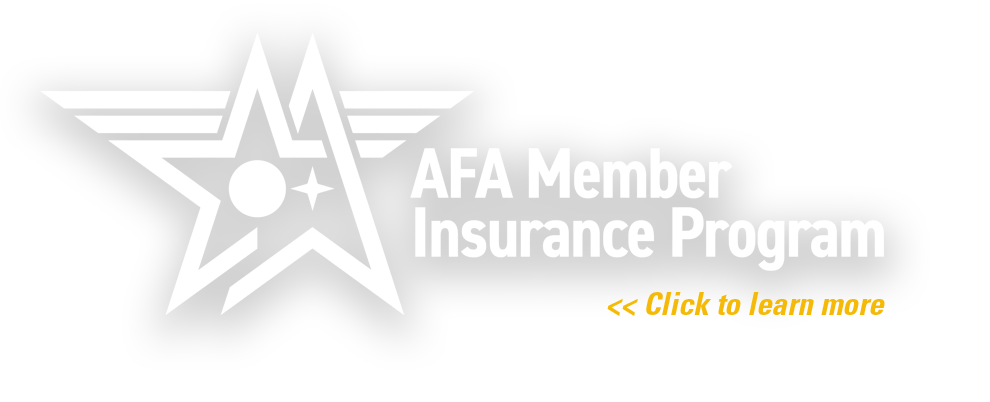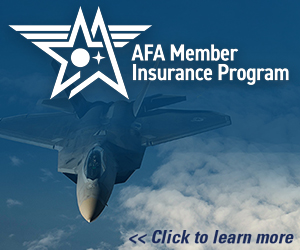p, .ExternalClass The Air Force is struggling to meet the demand for remotely piloted aircraft pilots, according to a new Brookings Institution report. The RPA pilot career field has skyrocketed from some 50 people in the 1990s to 1,300 today, and the Air Force has plans to grow it to some 1,650 by Fiscal 2017, writes Col. Bradley Hoagland, an Air Force federal executive fellow with the think tank, in the August report. However, the service’s requirement for RPA combat air patrols has grown faster than it can train the pilots, states Hoagland. The Air Force also is “failing to accurately prescreen” to determine who is the most qualified to fly RPAs, “resulting in an attrition rate during RPA flight screening three times higher than traditional pilots,” he writes. Further, RPA pilots’ promotion rates to the rank of major have been 13 percent lower in the last five years compared to other pilots because RPA pilots are unable to meet higher education and training requirements, he states. Among his recommendation are: standardizing the pilot candidate scoring method, incorporating psychological prescreening tools, and establishing a rated force-developmental plan that cross-flows rated officers into RPA. (See also RPA Ramp Up from Air Force Magazine’s archives.)
The KC-Z4, a blended wing body tanker concept being developed by startup JetZero, could fuel larger groups of aircraft at longer range to hold more targets at risk, company officials say.

